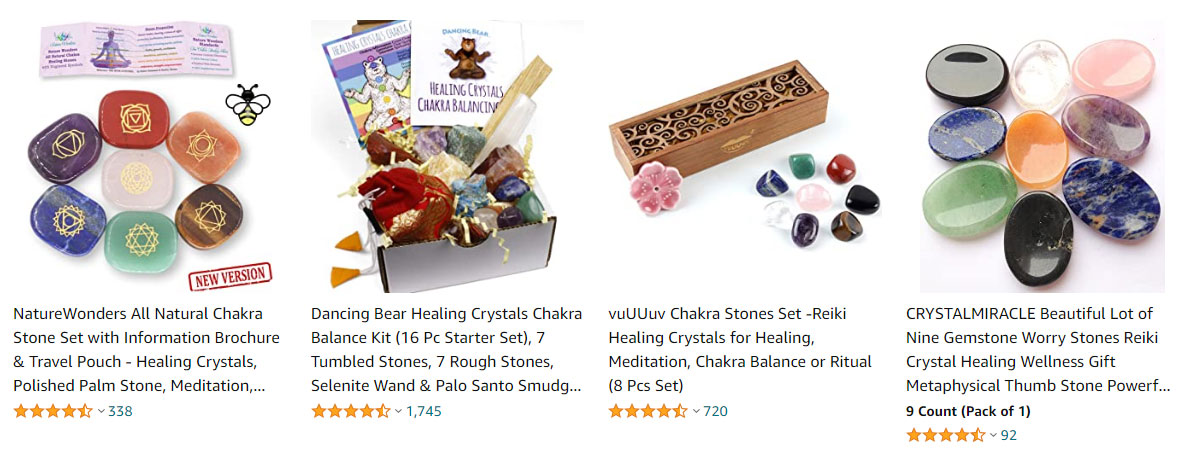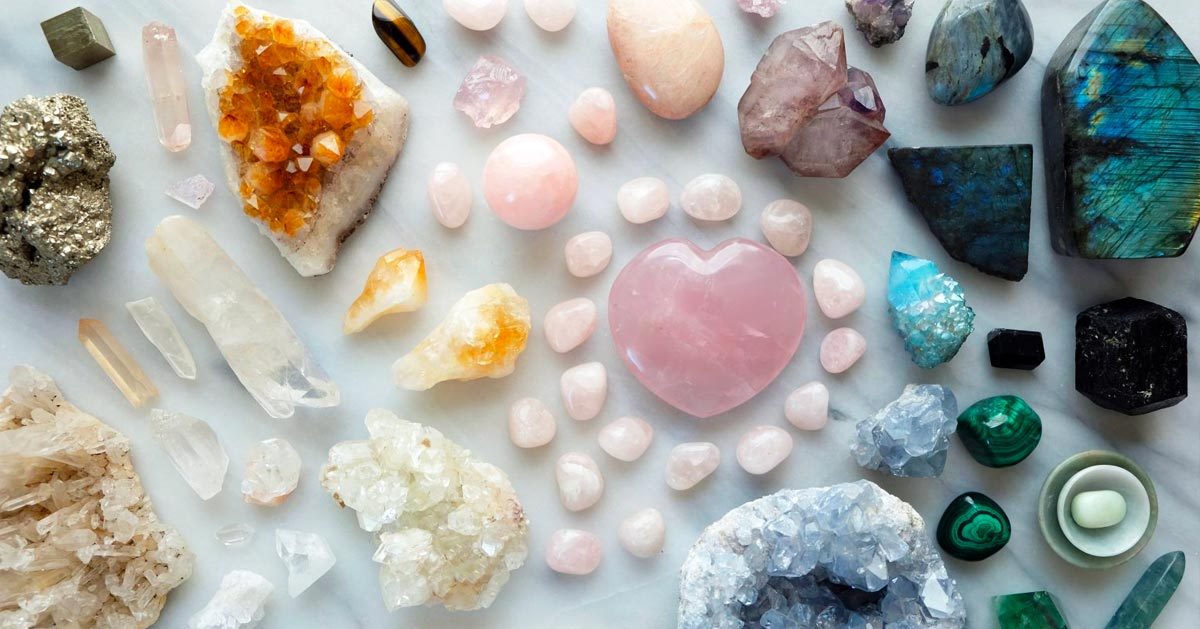What is lithotherapy?
Lithotherapy fascinates more and more people but remains a mystery for many. The art of healing oneself with stones can nevertheless be very effective when one wants to heal oneself in a gentle way. Although considered a "pseudo-science", Lithotherapy has many secrets. Becoming a follower of the discipline requires a great deal of knowledge about stones, their virtues, purification, chakras, etc..
To begin your learning on the subject, we will retrace with you the history of Lithotherapy, then we will be interested in the benefits of Lithotherapy. Then we will answer the question that burns the lips of many: does Lithotherapy really work?
Finally, we will give you a few reference books to take your learning further.
The history of Lithotherapy
The etymology of the word "Lithotherapy" comes from Greek. It is formed by the word lithos which means "stone" and the word therapeia which means "cure". Thus, Lithotherapy means "to cure oneself with stones". If the origin of the word is relatively recent - it would have been formed, at the same time as phytotherapy, in the middle of the 20th century - the practice of Lithotherapy, the fact of using stones and crystals to heal oneself, dates back to the dawn of time. Indeed, archaeological research and current historical knowledge confirm that stones and crystals have always been used by human beings in their daily life, but also for their ceremonies, their magic rituals and their care.
The origins of this ancestral practice are difficult to know. There is no precise date on which the use of stones as a means of healing is recognized. However, there are many examples that prove that stones have accompanied men and women since the beginning of humanity. Dwellings, tools, objects, jewelry or paintings are, since prehistory, the testimonies of our ancestors on their uses of stones and crystals.
From prehistory to the beginning of our era
Between 15000 and 5000 BC, stones were used to create amulets or statuettes. They were also erected to create megalithic temples. The menhirs or dolmens of prehistory are proof of this throughout the world. Of course, one can also think of the way humans used caves to protect themselves. In fact, cave paintings were made with powdered hematite.
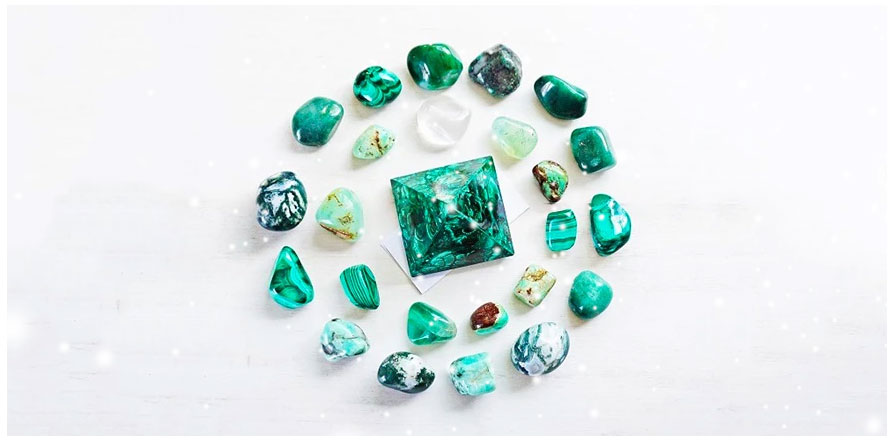
In antiquity, carved stones can be found in all civilizations throughout the world: Aztecs, Greeks, Indians, Mayans, Celts, Egyptians, Mesopotamians in particular made stone objects. For example, the Maya are considered to be at the origin of the most beautiful pre-Columbian sculptures. Their art was the most beautiful and sophisticated in South America and very frequently used obsidian, jade and stucco. Their artifacts were generally intended for ceremonies and other spiritual rituals.
From Ancient Greece, we keep in mind the white marble, clay, gold and ivory sculptures whose beauty is described in the texts and reproductions that have managed to reach us.
The art of ancient Egypt added to the stones the symbolism of colors. Thus, the stones were used for a specific purpose. Amulets and pendants were adorned with green or red stones depending on their meaning and the God to whom they were linked. A Wadj column amulet was adorned with green stones and provided eternal youth and protection for all Gods.
The Egyptians were also the first to associate stones with healing or protective properties. In ancient texts, one finds indications of the use of stones for funerary or ritual objects. Thus, the Red Jasper was assimilated to the blood of the goddess Isis and associated with the Udjat eye that consumes its enemies. Carnelian is used as a powerful protective stone since it is directly linked to the anger and violence of the Gods. Turquoise and Lapis Lazulis engage the manifestation of beings. The Amazonite was the stone of vigor, of greenness; the Green Jasper the stone of joy and spring.
As time goes by, the use of stones for their physical, psychological and spiritual virtues spreads throughout the world. In China, India, Greece, ancient Rome, the Ottoman Empire, the Hebrews or even the Etruscans, jewels and temples are adorned with stones and crystals for decorative purposes, but also for protection or care.
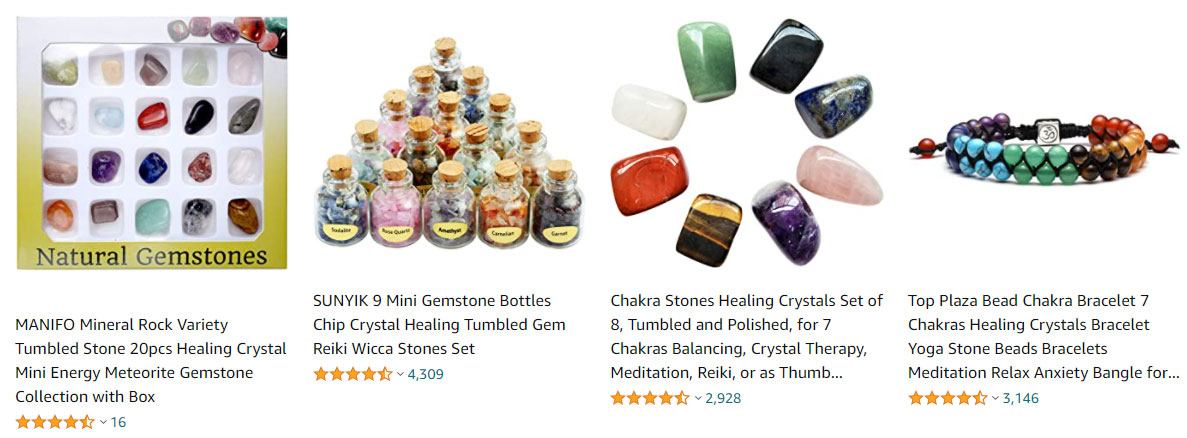
Lithotherapy from the first millennium to the present day
With the first millennium also comes the enrichment of knowledge around stones. While alchemists were looking for the Philosopher's Stone - a stone that can transform metals into gemstones, cure diseases and prolong human life - the Chinese were already using Jade in medicine. In 500 B.C., Confucius wrote: "Jade is precious not because it is rare, but because the quality of jade corresponds to the virtue of a good man. "This gives the stone a wider dimension than its mineralogical aspect. Jade is associated with immortality and its power has gradually spread beyond the borders of the Chinese Empire.
Everywhere, the stones and crystals make it possible to make the link with the divine. The stones are widely used by shamans, sorcerers, druids, but also by doctors.
During the second millennium, the use of stones becomes more professional, especially in the West where we begin to see the appearance of scientific texts extolling the benefits of stones.
Anselme Boece de Boot, the physician of Emperor Rudolph II, described in his work published in 1644, The Perfect Jeweler or History of Stonework, the origin, the form and the medicinal faculties of stones. Its treatise of 750 pages gives an overview of the recognized virtues of stones at that time.
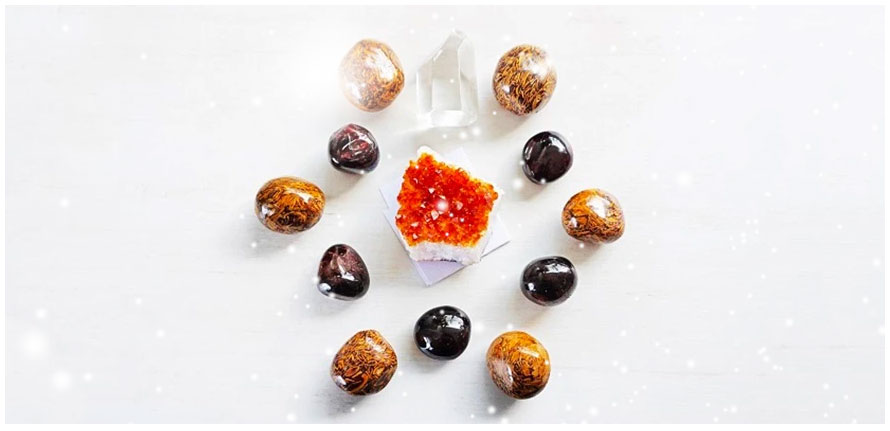
In 1748, Nicolas Lemery wrote the Universal Dictionary of Simple Drugs, in which he explains the names, origins, choices, principles, virtues and etymologies of animals, plants and minerals.
Finally, we can also mention the work of Abbot Haüy who, in 1788, published an essay on the theory of the 7 crystalline systems.
Unfortunately, the progress of science will little by little relay Lithotherapy to the rank of pseudosciences. No explanation following an established medical protocol can be given concerning the power of stones. Their use, therefore not being considered legitimate, will disappear.
It was not until the second half of the twentieth century, and especially the years 60-70, that stones and crystals attracted public interest. Indeed, people looking for answers broader than those explained by traditional science are sensitive to stones and the powers they contain. This is when the word Lithotherapy appears.
Nowadays, more and more people are passionate about Lithotherapy. This alternative medicine does not replace allopathic medicine, but is a very interesting complement for people who wish to find alternative solutions for their physical or psychological ailments.
The benefits of Lithotherapy
Stones and crystals act on three levels:
• On our body: they help to alleviate pain, regulate fluids, act on the healing of skin problems, balance organs, etc.
• On our mind: stones soothe emotions, give energy, unblock fears, calm anxieties, etc.
• On our soul: They are linked to the chakras and allow spiritual elevation through the balance of body and mind.
Lithotherapy is an unconventional form of medicine based on the empirical nature of its results. In other words, it means that the stones act in a unique way with each person, or place.
The action of stones on the body has been recognized for a very long time. The stones can be used as they are, or as a powder or elixir. In order to feel the effects, you have to wear the stone on your body, for example by having a Stone Jewel. The powder is used in the form of a poultice, and the stone elixir can be drunk. There is no better way to use stones to cure your physical ailments, the best way is to learn about the best way to use each stone in detail and see which methods are best for you to perceive its virtues.
To feel the benefits of the stones on your mind, all you have to do is be at their c stones or be exposed to their vibrations. Thus, the jewels, in particular the pendants, help perfectly to calm negative emotions for example. For a broader action, on your whole home for example, you can arrange the stones in your living rooms. You can find them in the form of geode or rough.
Whatever their form, stones emit a subtle beneficial energy that acts at different levels. The benefits of Lithotherapy can be felt immediately, especially when it comes to calming emotions, but can be slower in some cases. The stone must then be worn for several days. Remember that each stone is unique and the benefits may vary from person to person. For example, the Obsidian may act too powerful for some people while it will be the right stone for others.
Thus, it is necessary to choose your stones according to your curiosity and see how it acts on you. The benefits of Lithotherapy cannot do without a period of testing to find out what is best for you.
On our store, you will find different forms of stones to accompany you in your daily life and feel the benefits of stones in all circumstances. The stone bracelets are the most popular because they are easy to wear and emit a direct vibration as the stone is in contact with the skin. However, pendants sometimes have a more important action especially when they are linked to the heart or throat chakras. The stone pendants are perfect to feel the benefits of the stones on the emotions.

Does Lithotherapy really work?
As we have seen, Lithotherapy is based on the power of stones on our body, but also on our mind and soul. In this, Lithotherapy can be considered as a holistic approach to healing. In theory, each stone is composed of minerals that give it its color, but also its unique power. It is important to know that the human body is also composed of different minerals.
Thus, like all matter, our body and the stones emit vibrations that resonate. Of course, each person being unique, the contact with the stones is also unique. If a stone works perfectly for one person, it can have a too powerful action or on the contrary very little marked on another. Lithotherapy is therefore based on a very personal empirical approach.
Moreover, no recognized scientific study has ever proven the effectiveness of stones on human beings. Many skeptics therefore see in Lithotherapy another form of placebo or worse, a scam. However, testimonies of people who have managed to find a balance thanks to the stones are numerous. On the web, one can read many enthusiasts who are interested in a more spiritual vision of their lives and who, consequently, find in stones many virtues and answers.
Lithotherapy as a complement to medical treatment
It is obvious that a stone cannot replace medication or professional advice. Lithotherapy is not intended to replace traditional medical treatment or the advice of your doctor.
Nevertheless, judging by the past history of crystals and men, it would seem that the virtues and properties of stones are real. If you can't cure cancer with stones, you can combine them with treatment to make you feel better. Stones, like plants, homeopathy or meditation, bring a global well-being that helps millions of people feel better in their lives every day.
To the question "Does Lithotherapy really work? "we will answer that it depends on each person. If you have a deep connection with your body and your emotions or if you want to work in that way, then yes, Lithotherapy will work. If, on the other hand, you are closed to this approach, it is possible that you do not perceive the effects of the stones on your body and mind.
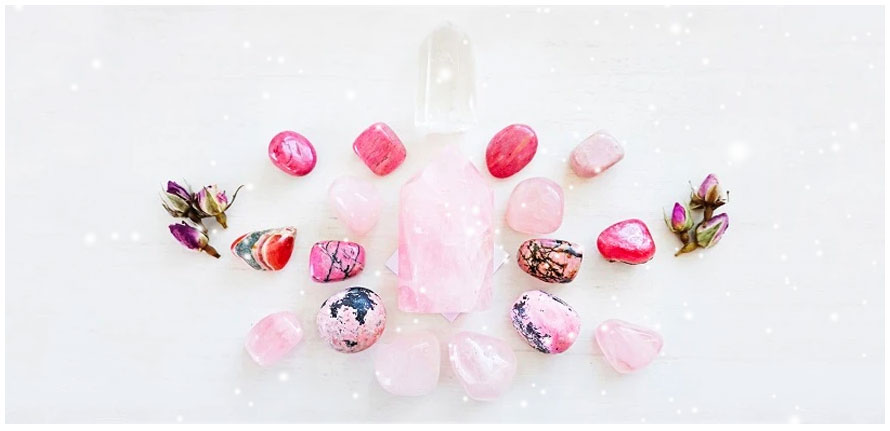
To be interested in Lithotherapy is to want to give more importance to yourself, to your body, to your emotions. Lithotherapy leads to introspection, to a higher awareness of our being as part of a greater whole.
To feel the effects of the stones, it is therefore necessary to be open to subtle energies, to listen to oneself, one's body and emotions. Lithotherapy involves working on our person. Because unlike a medication that will come to relieve a precise and identified pain, the stones act on a more subtle, more spiritual, more philosophical level as well. Their action is soft but deep, changes do not appear in a snap of the fingers. For Lithotherapy to work, it is therefore necessary to be open to the discovery of a universe that goes beyond the boundaries of what is scientifically recognized and approved.
